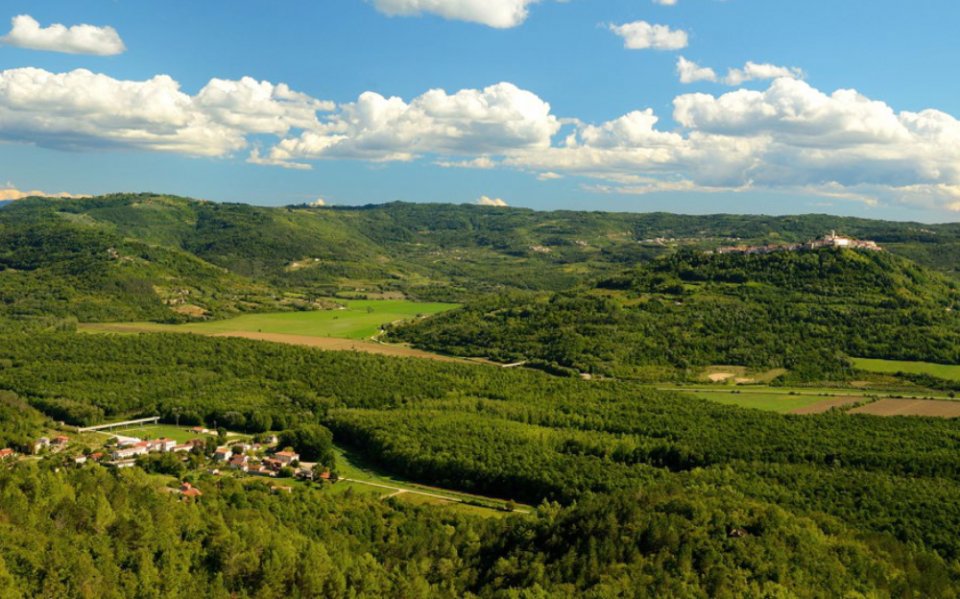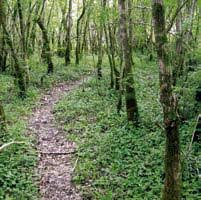
In the new context of multifuncionality, the development of management plans integrating both the wood and non-wood forest products (i.e. mushrooms and truffles) for a particular area, aiming to increase the total market value becomes a challenge. In the process of management plan formulation, additionally to the scientific knowledge, also the practical experience of collectors should be taken into consideration.
The goals of state forests management in Republic of Croatia are the protection of forest habitats, preservation of optimal forest structure and the stability of ecosystems. From the economical point of view, the priority is the preservation and development of biomass quality , while the production of nwfp’s is poorly considered. With this type of management, the occurrence of nwfp’s is coincidental. However, the use of silvicultural techniques such as higher thinning intensity preserving the forest soil by extracting the felled trees through planned forest paths, can increase the truffles production. This type of actions would have a positive impact on the rural economy and diversification of gastronomical and tourism offer.
The adaptation of the forest management plans will allow better conditions for both biomass production and the diversity and occurrence of nwfp’s. The wood (timber) quality and its price can be increased, together with the higher number of sold licences for nwfp’s collection. The potential for territorial branding, education and development of forest science are created. With the cooperation of all value chain representatives and by the constant education on examples of good practice the awareness on proper forest management ecosystem diversity preservation rises. The stability of the forest ecosystem has also a positive impact on animal species that lives in it.
The proper management of the forest enhancing the production of nwfp’s does not necesseraly implies the decrease of the wood biomass production. Through the increase intensity of forest thinnings, the forests can preserve their stability and structure, increasing their potential for bigger wood growth and occurrence of nwfp’s, having a positive impact on rural economy. Because a licence is needed for nwfp's collection in state forests, public consultation for management plan approval should take into consideration the opinion of all forest users. Scientific research on each locality should be enabled so a scientific opinion on each type of forest management could be developed.
With the development of forestry science and the use of new knowledge in forestry, it is difficult to return to the traditional way of forest management. In some localities where the quality and value of the timber is poor, management of non-wood forest products is in fact the only possible way to obtain greater economic benefits from the forest. Centralized forest management, that is, the use of a generalized forest management method that does not correspond to particular microlocations, is a major threat. For example, the adaptation of game management plan indirectly influences the development of seedling as well as the yield of mushrooms and truffles.
The future direction if to continue finding the ways for enhancing the nwfp’s production. In this context, the cooperation between forestry engineers, researchers and local population needs to be strenghtent. The cooperation between all them can contribute to prospect a optimal solution that meets the needs of all stakeholders. While developing a management plan, the managers needs also take into consideration the potential of the better nwfp value for the area. The law regulations needs also to be adapted to the specific casuistics.
Ivan Vukadinović, ivan.vukadinovic2@gmail.com, http://www.uti.hr/
Motovun forest landscape

Motovun forest
